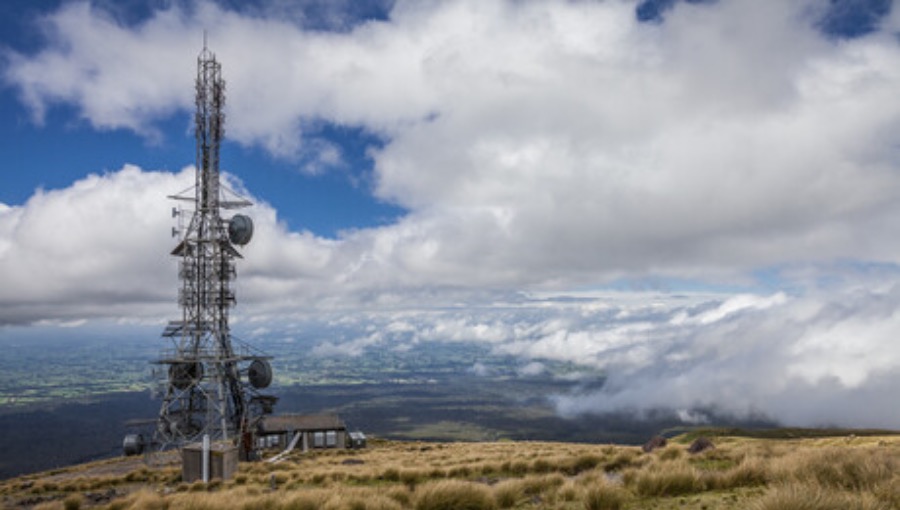
The Cabinet of New Zealand has made a high-level allocation decision regarding long-term use of the 24–30 GHz radio spectrum range, with a program of work now underway to make this spectrum available to the market in 2026. The decision is intended to provide the mobile and satellite industries with certainty on which portions of spectrum will be available for what purposes in the long term, allowing industry to plan accordingly.
Given the emerging equipment ecosystem and global harmonisation trends, New Zealand’s Radio Spectrum Management (RSM) had proposed the 26 GHz band primarily for International Mobile Telecommunications (IMT) use; this use includes enhanced mobile broadband (eMBB), fixed wireless access (FWA) and industry verticals. For 28 GHz, RSM proposed sharing between IMT, fixed satellite services (FSS) and Earth stations in motion (ESIM). RSM published a discussion document on replanning 24–30 GHz in April 2021 and received 24 submissions from industry stakeholders by June 2021, when consultations closed.
Consultation highlighted that there are competing industry demands for spectrum in these bands, with both the mobile and satellite industries foreseeing substantial need for this spectrum in future. The initial high-level allocation decision aims to balance these interests, with each industry receiving an opportunity to access spectrum in a portion of the bands, with a further portion of the band being allocated for shared use between both industries.
In the 26 GHz band, the 24.25–27.5 GHz spectrum range will be primarily allocated for mobile use. This includes the option to include some satellite services in some areas under technical conditions.
The 28 GHz band will meanwhile be split up into two portions. The 27.5–28.35 GHz spectrum range will follow a sharing model between mobile and satellite services, while the 28.35–29.5 GHz spectrum range will be primarily allocated for satellite services, with the option to include some mobile use under technical conditions.
The 24–30 GHz spectrum range is expected to be made available for long-term use around May 2026. A work program including technical work, industry consultation, engagement with Māori (through the Interim Māori Spectrum Commission), and assignment processes, regulatory design and further decision-making will occur between now and 2026. The Ministry of Business, Innovation and Employment (MBIE) will be seeking further input from industry, including detailed technical input, with the first engagement set to be before the end of 2023.
Satellite service providers who hold current licences will be allowed to apply for extensions until May 2026, so they may continue providing services to New Zealand for the interim. By May 2026 future decisions are expected on the satellite licensing approach for long-term use. The details of these extensions will be discussed directly with the affected licensees prior to the current licence’s expiry.
Any additional or new interim licences for satellite services, as well as requests for other usage (eg, 5G fixed-term licences), will be considered by the MBIE on a case-by-case basis in line with the existing rules. Strict criteria will apply to ensure that this is compatible with the high-level allocation decision and does not prejudge future decisions.
